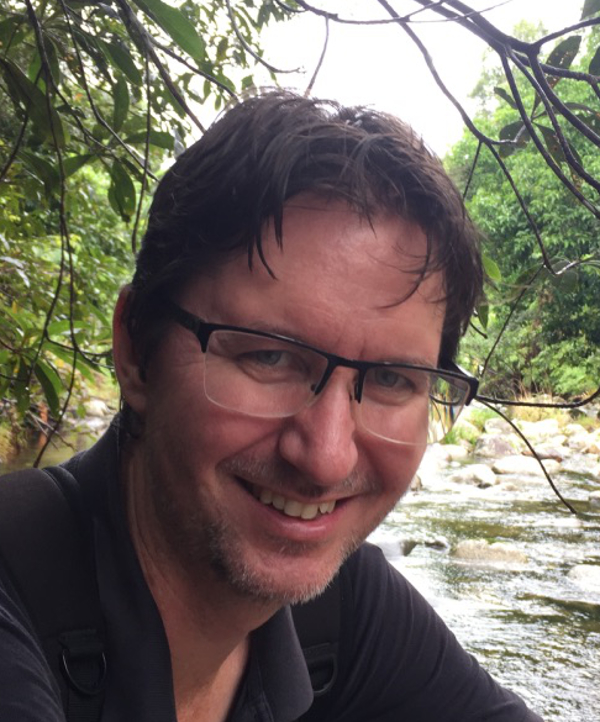
Matt Barrett
- matt.barrett@jcu.edu.au
 https://orcid.org/0000-0002-2926-4291
https://orcid.org/0000-0002-2926-4291- Research Fellow
Projects
0
Publications
22
Awards
0
Biography
I am a botanist and mycologist working with plants and fungi at the Australian Tropical Herbarium, James Cook University in Cairns, Queensland. My fields include taxonomy (describing new species), systematics (relationships between species), genomics, ecology and biosecurity.
I have worked extensively with Triodia hummock grasses, describing more than 50 new species and created an App (SpiKey) to identify the Pilbara species - I hope to expand this app to the whole of Australia soon. Ongoing research is exploring genetic partitioning in the landscape and the consequences for seed collection and rehabilitation. Further research funding is required to resolve species limits in the widespread species Triodia pungens, T. wiseana and T. bitextura which appear to be aggregates of several similar species; resolution of these species are important to correctly manage seed resources and interpret information such as seed germination protocols that may differ between species.
I have recently obtained an ABRS grant to revise the brown-rot bracket fungi in Australia, a group that includes forest pathogens, structural timber decays, fire fungi and other wood rotters. Australian Wood rotting fungi have been negelected, especially in tropical areas, and many new records and new species remain to be adequately documented. This project is utilising genomic scale data to provide a robust family tree for this difficult group.
I am also monitoring the effect of myrtle rust on watergum (Tristaniopsis exiliflora ) in the Wet Tropics. This rheophyte (stream specialist) tree is a dominant species along rocky creeks and rivers in the area, but is being quitely decimated, destabilising creek margins and opening the canopy along streams. The project aims to increase awareness of myrtle rust in the wet tropics, and encourage monitoring of the problem, and better recording of the primary and secondary affects on our forests.
